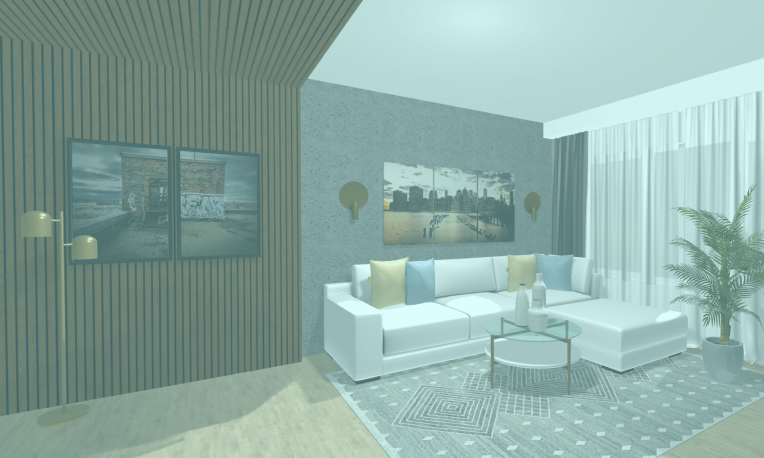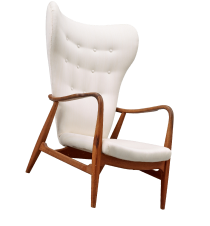
In this post I want to focus on helping you do two things – charge more and attract more clients who will happily pay more to work with YOU.
When you charge more, you:
- Need less clients to hit your financial goals
- Get clients who actually value and appreciate working with you
- Wake up feeling motivated and excited to go to work
Sounds great doesn’t it? So how do you get from where you are now to landing all the clients you can handle?
Before we get into that I want you to take a moment and quickly ask yourself if you’re guilty of doing the following:
- Taking on jobs that you know are not a good fit for you but you accept them anyway because they are a paying gig.
- Worrying that if you raised your rates you would no longer be competitive.
If you answered yes to even one of these statements, you’re holding your business back from reaching its fullest potential.
In the beginning it’s fine to do this because it gives you the opportunity to get some real work experience but continuing to do this year after year will prevent you from growing a strong and successful design business.
So, if you are serious about taking your business to the next level, read on. I’ll show you how you can make a few key changes that will have your ideal clients banging down your door and ready to pay more for the opportunity to work with you.
Let’s dive in!
Before they became a household name all the top paid designers in the industry started out the same way. At the bottom and struggling to land clients.
So how did they turn their businesses around and start attracting clients on a large scale?
To answer that, we’re first going to do another quick test:
Close your eyes and take a moment to quickly define what really makes your design business different from all the others. What unique value do you provide that clients can’t get from another designer?
If you’re struggling to figure this out, I guarantee your potential clients are too and that’s why they’re not knocking down your door requesting your design services.
Now picture some of the top earning designers.
Each one of them is undoubtedly known for their specific style or specialty.
Emily Henderson – It says right on her website: specializing in mixing eclectic styles on moderate budgets.
Joanna Gaines – Known for her simple, fresh and timeless design preference. Her specialty is making old things new and preserving and highlighting the character of the home.
Maria Killam – Known for color, color, color. Her passion in life is to transform the way you see color through her classic and timeless aesthetic.
Shea McGee – A few semesters into design school and her bright and clean aesthetic had attracted a wait-list of clients and she had no idea how to handle the workload.
By specializing each of these business savvy ladies were able to stand out from the crowd and build a brand based on their unique value.
How specializing drives clients to YOU:
1. By specializing you are saying to potential clients: “I am an expert in this area and this is why you can feel confident hiring me over another designer.”
2. By specializing you make it possible for clients to actually search for and find you because you have the specific skill set they’re looking for.
3. And because YOU ARE THE EXPERT in the field, people are willing to pay more to access that expertise.
Your initial fear to this approach might be that by specializing you are excluding a large audience of potential clients and turning away some great paying jobs.
I get where you’re coming from. I struggled to make this decision in my own business but when I finally did, everything changed.
My first online interior design business was Olioboard.com which provided homeowners with tools that made it fun and easy to visualize how products looked within their space and ultimately buy the look.
Over the first few years we quickly built up a large audience of homeowners who loved using our design tools and Olioboard was getting recognition as a game changer for retail.
There was just one fundamental problem.
Instead of using the tools to source and purchase products, homeowners were using Olioboard more like a favorite past time to play with interior design.
And with a business model that was reliant on sales, I had a HUGE problem.
My business was failing and everything we did to try to encourage sales barely moved the needle.
What I didn’t realize at the time was that my fear of losing the massive homeowner audience I’d built up over the years blinded me from noticing something very important.
The core audience that got the most value out of Olioboard was NOT the homeowner audience. It was the design professionals.
Through Olioboard they could access tools that made it quick and easy to source products, create digital designs, generate full product lists and present concepts to clients all in one simple program.
They were cutting hours out of their workflow and finding more value in the tools than any homeowner ever did.
As a final attempt to save my business I decided to say goodbye to over 80% of the audience we acquired over the years and focus solely on building online design tools for design professionals.
The Result: DesignFiles took 2 years to out-earn what Olioboard made in 8.
Specializing gave my business the focus, direction and targeted customer base it needed to succeed and it will do the same for you.
All you need to do is decide what your specialty will be.
So how do you determine what your specialty is?
Good question. So let me ask you — what do you love to do most? You’re specialty should be something you are genuinely passionate about.
You can specialize in a number of areas including:
- Specific rooms
- Specific interior styles (mid-century mod, industrial, coastal)
- Specific types of clients (new moms, young professionals, retirees)
- Specific types of projects (new construction, vacation homes, condos)
- Specific lifestyles (urban, simple living, zen, …etc)
- Specific mood and feel of a space (vibrant, dramatic, peaceful)
Constructing a niche that is defined by multiple factors will give your business a unique edge and make it easier for potential clients to source you out.
Let me show you the difference.
If you decide that your specialty is “residential design”, YOU ARE SUNK. You’ll just join the thousands of other designers out there who also offer residential design and you’ll be lost in the crowd.
Now let’s say you specialize in “nurseries” or “kids rooms” for “new moms” who prefer a “simple living” lifestyle.
Or perhaps you love to work with “young professionals” who live the “condo life” and love the trendy “mid-century modern” style.
You see the difference?
When you choose a specific niche made up of multiple factors you make it easier for ideal clients to search you out because you offer exactly what they are looking for.
Check out the table below for a variety of areas that you can specialize in.
This is by no means an exhaustive list but it should get the creative juices flowing.
Take your time to really think this one through. Your whole business image is going to be based on this so make sure you choose something you love.
Alright it’s time to take action!
1) Determine the areas you are passionate about and want to specialize in.
2) Give your specialty a short one-sentence treatment to formalize it. “I specialize in _________________….”
3) Make yourself accountable. Share your specialty with our private facebook group >> https://www.facebook.com/groups/235172344030161/?ref=bookmarks and get advice on building your image as the expert in that field. Feel free to also share a note as to why this is your specialty.






